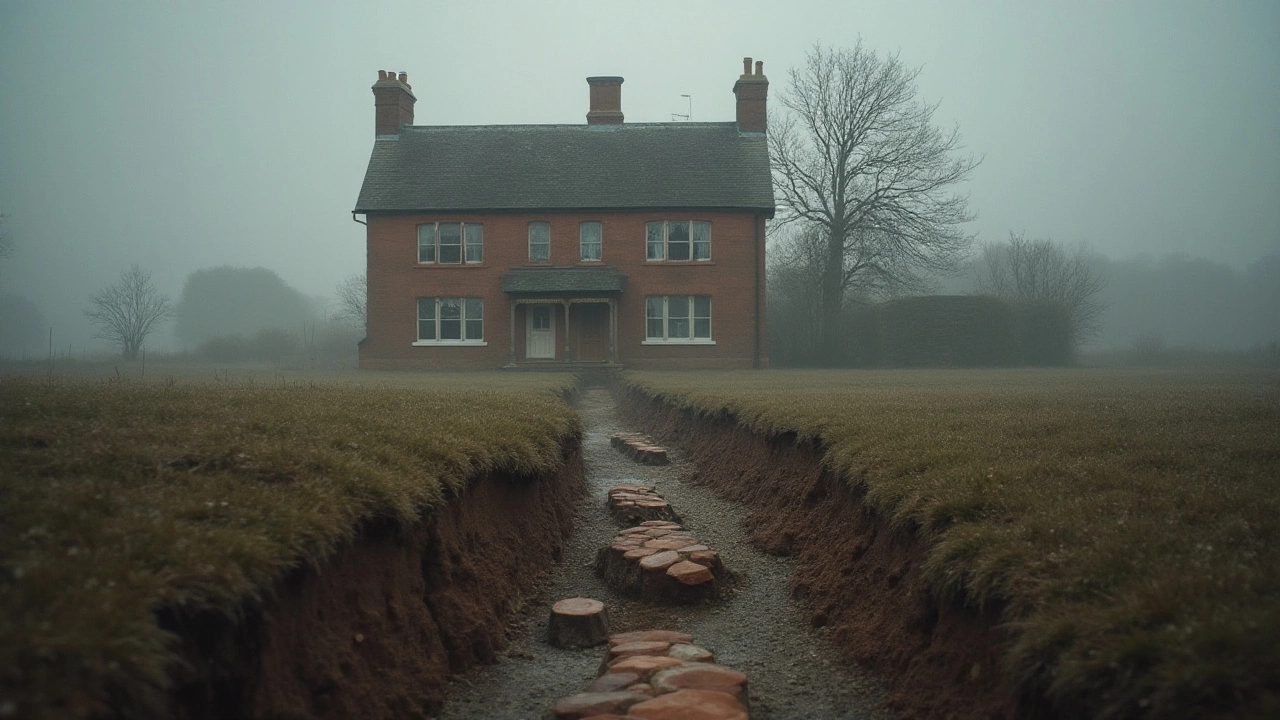Foundation Crack Guide: What Causes Them and How to Fix Them
Notice a crack running through your driveway or the wall of your basement? It could be a foundation crack, and ignoring it might cost you later. Below we break down why cracks appear, what to watch for, and the steps you can take right now.
Why Do Foundations Crack?
Most cracks start because the soil beneath the slab moves. Expanding clay, drying shrinkage, or water pooling can shift the ground, pulling the concrete apart. Poor drainage, heavy loads, or even tree roots can add pressure. When the concrete can’t adapt, it splits, creating hairline lines or bigger gaps.
Not all cracks are equal. A tiny hairline in a non‑load‑bearing wall often isn’t a safety issue. But a wide horizontal crack or one that widens over weeks signals structural stress. Those are the cracks you need to call a professional about.
How to Spot Trouble Early
Grab a flashlight and walk around the perimeter of your house. Look for:
- Horizontal cracks near the floor joists – they usually mean pressure from the side.
- Vertical cracks that widen at the top or bottom – could be settling.
- Stair‑step cracks in brick walls – often a sign of foundation movement.
- Doors or windows that stick – the frame may be shifting.
- Uneven floors or cracks in interior plaster – the problem has moved inside.
If any of these appear, measure the width with a ruler. A crack larger than 1/4 inch (6 mm) deserves a professional assessment.
Don’t wait for the crack to grow. Early repair can mean a simple epoxy injection instead of a full underpinning job.
Common Repair Methods
When you call a contractor, they’ll suggest the right fix based on the crack’s type and location. Here are the most common options:
- Epoxy injection: Ideal for small, straight cracks. The resin fills the gap and bonds the concrete back together.
- Carbon fiber reinforcement: Strong strips are glued to the wall to stop further movement.
- Underpinning: For serious settlement, steel piers or concrete brackets are placed beneath the foundation to lift and stabilize it.
- Drainage improvements: Adding French drains or re‑grading the yard can prevent water from soaking the soil and causing future cracks.
Choosing the right method saves money and protects your home’s value. A trusted local service like McNeil Plumbing & Construction will inspect, explain the cause, and give a clear quote before any work starts.
Bottom line: foundation cracks are warning lights. Spot them early, understand why they happen, and get the right repair. Your home will stay safe, and you’ll avoid surprise costs down the road.


